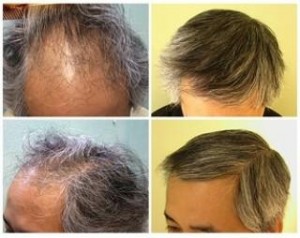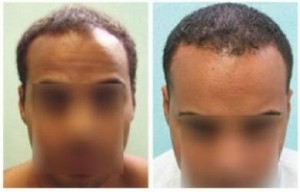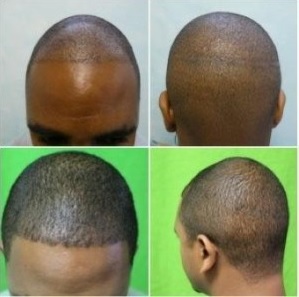Ethnic Hair Loss In Patients of African and Asian Descent
Specific F.U.E Considerations in Asian Patients

Ethnic considerations in hair growth, caliber and surrounding tissue need to be taken into account when performing F.U.E. procedures to correct hair loss in Asian patients.
- In Asians, there are a fewer number of hairs per square centimeter. Although it may not seem like it, they have a lower hair density. This means that donor supply is actually more limited in this ethnic group. Asian candidates for F.U.E. would need to have a vast supply of donor hair. Also the surgeon would need to extract donor hair grafts in a way that would not leave the region looking thinned out and depleted.
- Because the head hair shafts in Asian patients is very thick, using these to correct a receding hairline would look very unnatural. Follicular Unit Extraction involving leg and nape hair would give the best results for recreating hairlines around the face.
Specific F.U.E Considerations in Patients of African Descent

Ethnic individuals of African lineage who wish to correct hair loss can benefit immensely from F.U.E. However these procedures need to also demonstrate discernment when it comes to genetically determined hair characteristics.
- Curved hair follicles have higher transection rates which is a detriment to their survival. If the F.U.E. provider offers only basic F.U.E, then a the patients would require a preliminary test F.U.E. procedure to determine these rates and whether or not to proceed with an official hair replacement surgery. With UGraft advanced FUE however, Dr U uses specialized tools that can successfully extract even the most tightly curled Afr-textured hair with minimal transection.
- In these patients, hair follicles are more tightly attached to the surrounding tissue. This makes excision for the restoration of hair relatively more difficult.
However curly hair in ethnic patients can adequately compensate for hair loss in transplant procedures because there is more coverage. So using fewer donor hairs can still give ideal results.
Scarring in both Asians and Black Patients
Both Asians and black patients have a high tendency to scar. So this must be considered when contemplating a surgical solution for ethnic Hair Loss In Patients of African and Asian Descent as these individuals would be at risk for developing keloid tissue from the resulting linear scar.
Because there are special requirements for performing Follicular Unit Extraction on patients who are Asian or African American, these procedures are best performed by a surgeon who understands these needs and can produce excellent results for different ethnic hair loss cases .

